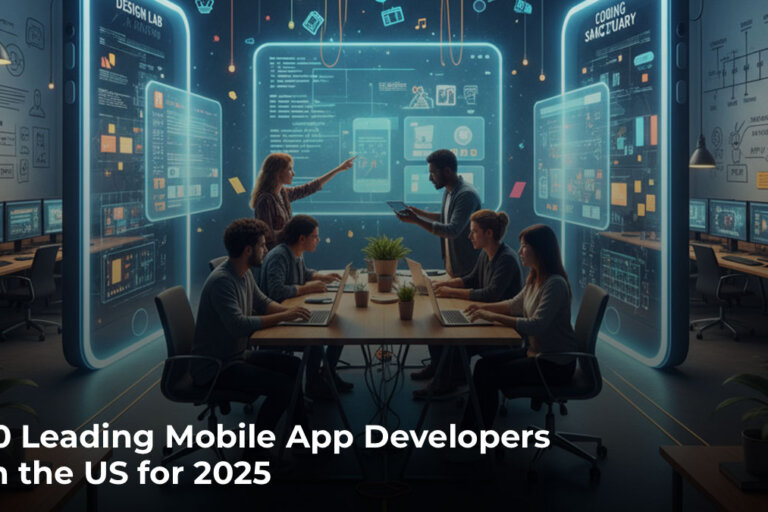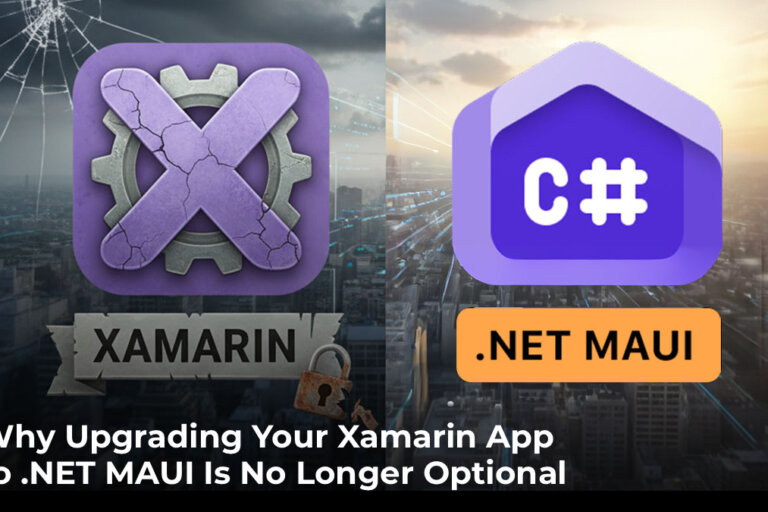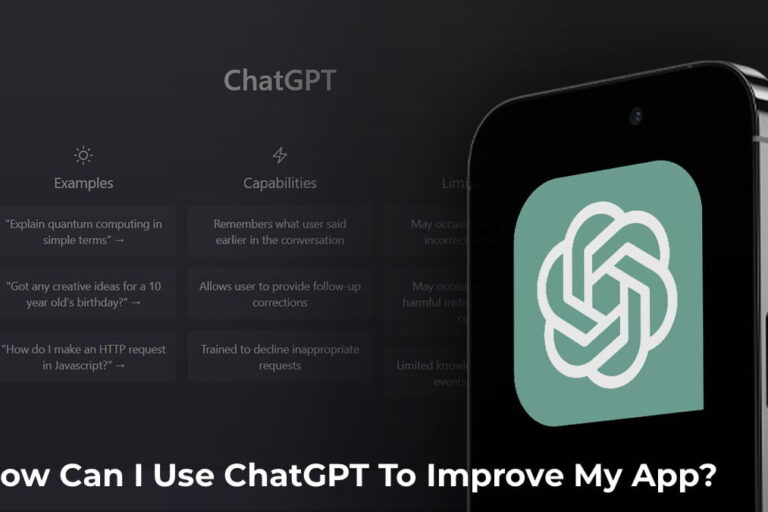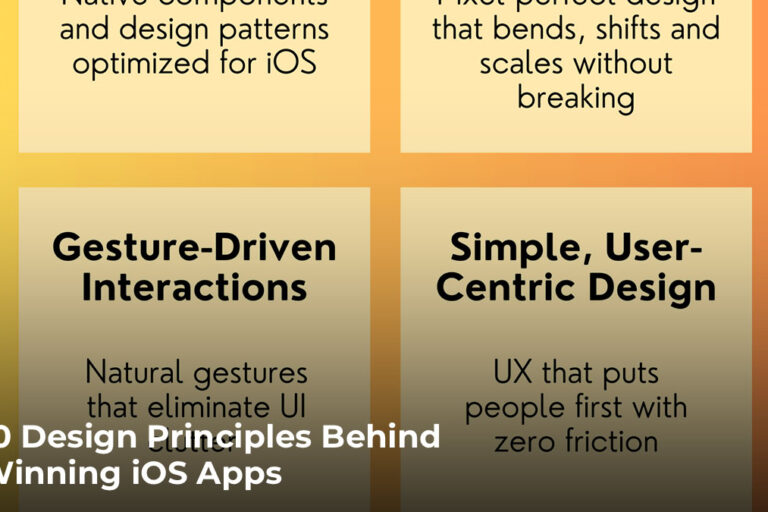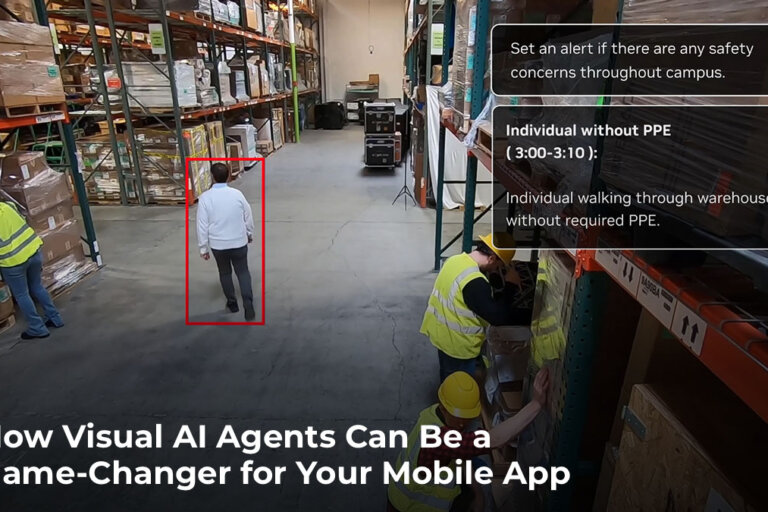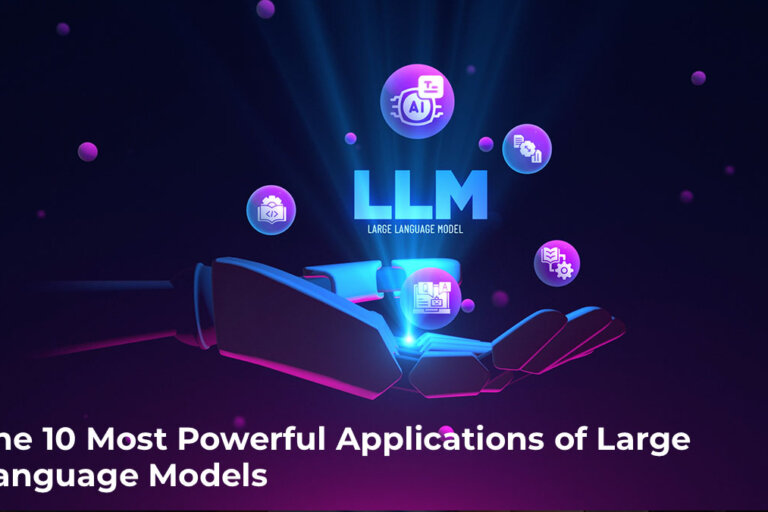The Benefits of Native App Development
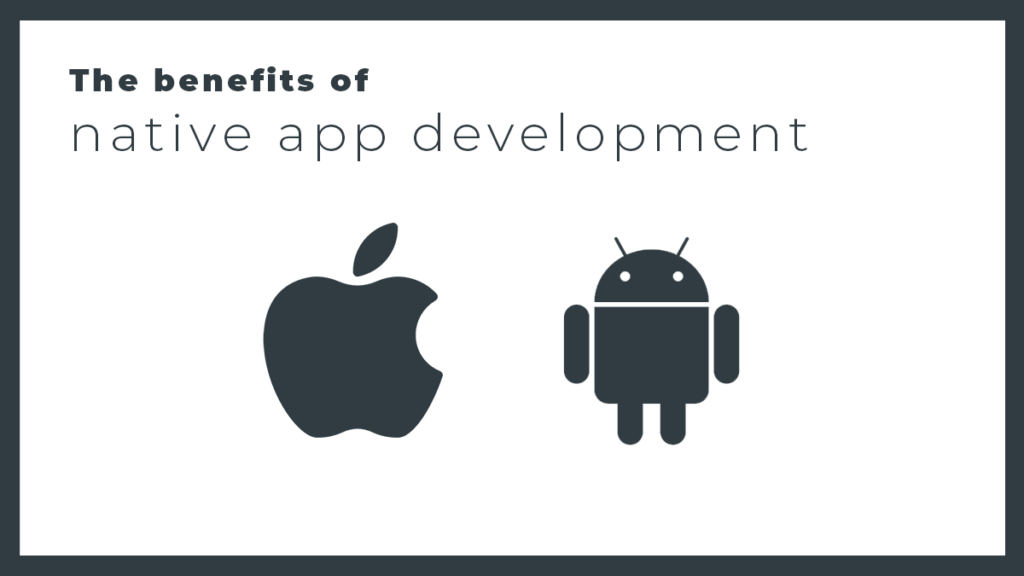
One of the most common questions people encounter when creating or designing mobile applications revolves around choosing a native or hybrid framework for their project. Each of these development models offers different features and technology options. The choice will depend on competing factors like organizational needs, the app’s requirements, developer capabilities, and timelines.
It’s essential to be well-informed about what differentiates these approaches and make the right decision when considering custom mobile app development services.
What are native and hybrid apps?
A native app is an application developed for a particular operating system, such as iOS or Android using platform-specific programming languages. For example, Swift or Objective-C are used to write native iOS apps, and Kotlin or Java to write native Android software.
Hybrid apps are mobile applications written in one common language to support multiple platforms. Hybrid apps usually have a runtime bridge component or a widget rendering component. This internally maps the hybrid language controls to the individual native controls to allow the hybrid apps to run on multiple platforms.
One of the best examples of a native app and its advantages is PokemonGo, which uses a phone’s gyroscope, accelerometer, GPS, and camera to create a powerful Augmented Reality experience.
Choosing native app development for your project
Companies generally choose to invest in native mobile apps. Both Apple and Google provide developers with development tools, interface elements, and SDKs, allowing them to write code to integrate OS-specific features and optimizations.
Let’s examine some of the benefits of developing native applications:
Full access to hardware and OS features
Mobile apps that require high-end features benefit from native development. Native apps provide full access to a device’s built-in features, such as GPS data, camera, microphone, gyroscope, and accelerometer, making it easier to work with and perform faster. These capabilities are essential for apps that require device data, like geographical location or device movement.
Advanced UX/UI
Native Android and iOS apps provide a natural experience for their users by following specific UI standards shared by apps developed for these platforms. These standards enable developers to make app interfaces and navigation much more accessible.
Enhanced speed and performance
The average attention span of users is very short, and they can get frustrated if apps have excessive load times. Native apps are a bit faster when it comes to performance and load times, making them ideal for processor-intensive and highly demanding apps, such as 3D games, GPS, or audio-processing apps. For example, geofencing in a react native app may load slower and operate less smoothly.
Keeping users onboard
For most app creators, the main priority is securing the maximum number of users. Native apps can help by providing much-needed performance. While it’s true that cross-platform development languages like React Native provide tremendous performance overall, they are still behind when it comes to animations and high GPS usage. The average person uses 9 apps a day for around 198 minutes. There’s plenty of opportunity to grab a user’s attention and you’ll want to make the most of it.
Native development technologies
Swift: The Swift programming language is the future of native iOS development as well as iPadOS, macOS, tvOS, and watchOS.
Objective-C: The language for developing iOS apps from the beginning and still in use. We can keep your legacy products running.
Kotlin: Kotlin is essentially a modern take on Java with a focus on security and simplicity. Google has even taken a ‘Kotlin first’ approach, meaning they recommend starting an Android app with Kotlin.
Java: Java provides access to countless software libraries and utilities. As a result, apps can have many functions. You don’t have to reinvent the wheel when you add more functions to Android software.
Native app examples
Waze
While you could use Apple or Google Maps for that native map experience, Waze is more fun because it’s community driven. And just look at how cute that icon is!
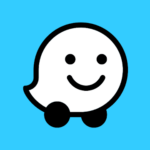
One of the top communications apps in the world, WhatsApp will show you a great native app experience (and you may already have it installed).
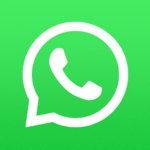
We hope this guide has been useful in helping you determine whether or not your app concept is a good fit for native development. If you’re moving forward with your app’s development, the experts at Zco are ready to work with you. We have extensive experience creating high-quality software for our clients. Use the contact button below to connect with our account executives and discover how we can help you create your native app.

